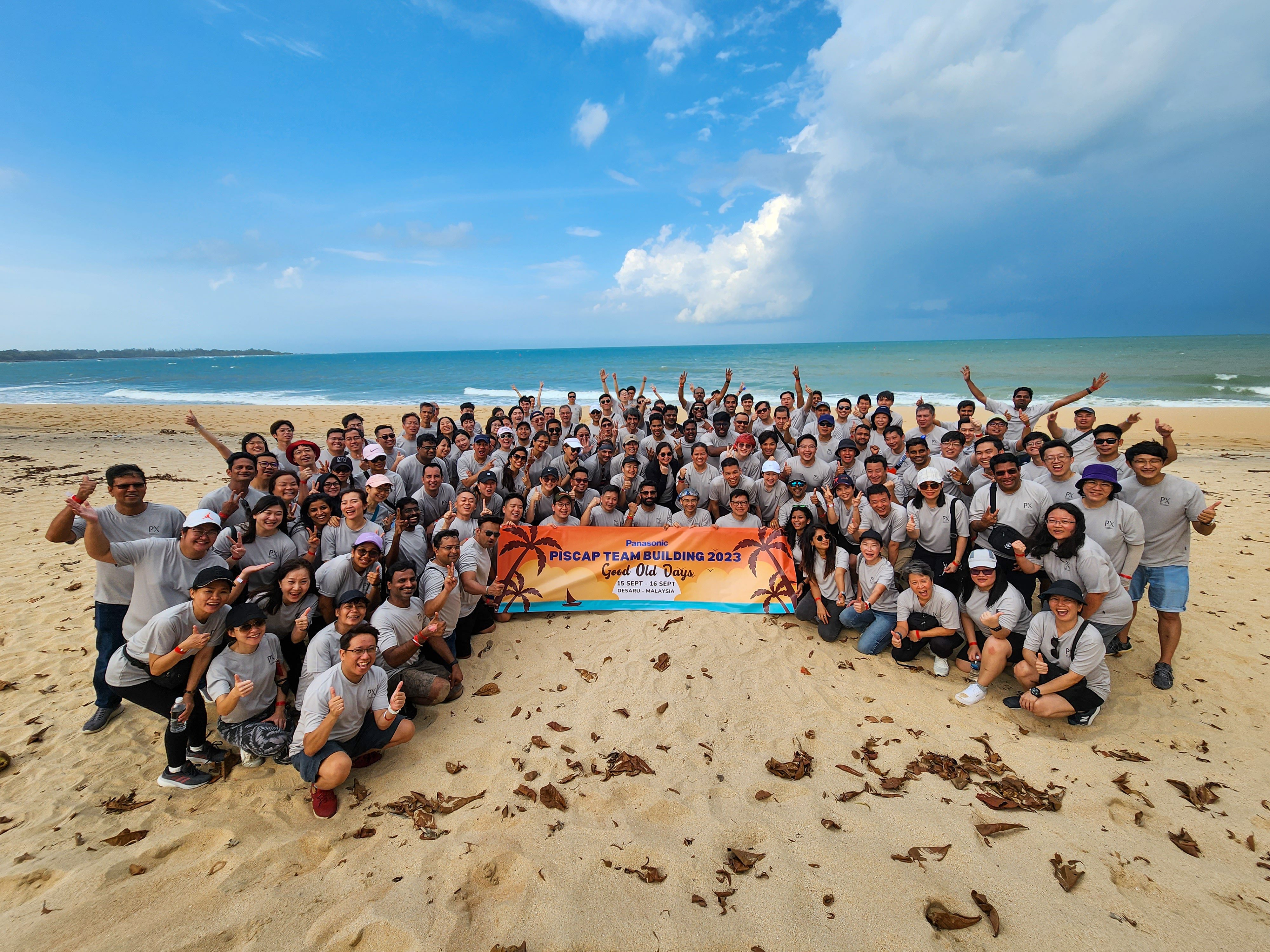Corporate Retreats: Merging Work and Play for Optimal Results
Corporate retreats are no longer just about escaping the office; they’re about creating a powerful blend of work and play that drives growth, strengthens relationships, and boosts productivity. Here’s how to design a retreat that seamlessly integrates these elements to deliver maximum impact.
Choosing the Perfect Venue
Find a Refreshing Setting
Selecting the right location is key to setting the tone for your retreat. Choose a venue that offers a refreshing change from the usual workspace. Whether it’s a tranquil nature retreat, an exciting urban hotspot, or a picturesque coastal location, the environment should inspire and energize your team.
Set Clear Goals
Before you dive into planning, pinpoint what you want to achieve. Are you focusing on enhancing team collaboration, brainstorming for new projects, or building leadership skills? Clearly defined objectives will help shape the retreat’s agenda and ensure a productive balance between work and leisure.
Creating the Ideal Balance
Engage with Team-Building Challenges
Incorporate team-building exercises that encourage collaboration and creativity. Inspired by challenges like those in ‘The Amazing Race,’ these activities can foster problem-solving skills and strengthen team bonds in an engaging and enjoyable way.
Mix Structured and Unstructured Time
Balance is essential. While structured work sessions are crucial, equally important is giving participants time to relax and connect informally. This unstructured time can spark spontaneous ideas and deepen relationships, enhancing the overall retreat experience.
Boosting Participation and Interaction
Encourage Open Dialogue
Foster an environment where team members feel comfortable sharing ideas and feedback. Interactive sessions and open forums can help address issues and promote a collaborative atmosphere. Creating this space for open dialogue will lead to more meaningful discussions and solutions.
Host Interactive Workshops
Opt for interactive workshops rather than traditional lectures. Hands-on, engaging sessions allow participants to actively contribute and apply new skills in real-time, making learning more impactful and memorable.
Evaluating the Retreat’s Success
Collect Participant Feedback
Gather feedback through surveys or informal discussions to understand participants’ experiences. This feedback is invaluable for assessing the effectiveness of the retreat and identifying areas for improvement.
Measure the Impact
Evaluate how the retreat has influenced team dynamics and productivity. Look for concrete results like improved teamwork, successful project strategies, or enhanced skills. This evaluation will help you gauge the retreat’s success and guide future planning.
Planning for Follow-Up
Develop Action Plans
After the retreat, create actionable plans based on the insights and strategies discussed. Assign tasks, set deadlines, and ensure that everyone knows their roles in implementing new ideas to keep the momentum going.
Keep the Energy Alive
Maintain engagement by regularly communicating progress and celebrating achievements. Keeping the enthusiasm and connections from the retreat alive will help sustain the positive impact and continue driving success.
In Summary
Corporate retreats are a powerful tool for blending work with play, fostering team cohesion, and driving productivity. By carefully planning and integrating both structured and informal activities, you can create a retreat that delivers lasting benefits for your team and organization. Ready to transform your next retreat into a catalyst for growth? The perfect mix of work and play awaits!
To head back to read another article in our blog, click here.

